Robert (Bob) Thurman first met His Holiness when he was 23 and the Dalai Lama was 29, in 1964. The Dalai Lama had reached India in 1959 having escaped Mao Zedong’s Chinese Communist regime, that invaded Tibet and colonised the country, splitting it into twelve parts, destroying its religion and culture, killing and enslaving the population.
"He had to escape in 1959 because they had artillery pointed at Norbulingka and were about to destroy him,” Bob told me. He escaped with about eighty thousand followers to India. “When he had left, and they knew it, they destroyed the Tibetan crowds. They were using him as bait to lure he last batch of the guerrillas to Lhasa to protect him, then they were going to get them.”
What was his first impression of the young Dalai Lama? “He was a young lad like me, and he seemed slightly stressed, lonely, and a little sad, though basically energetic and cheery.”
The Dalai Lama is now 90 years old. In the intervening decades, he has grown to become a global spiritual statesman, an apostle of peace and non-violence, who was awarded the Nobel Peace Prize in 1989.
Bob became Professor Robert Thurman at Columbia University, founder of Tibet House US, prolific author and broadcaster, and the Indian Government awarded him the Padma Shri for his services to Buddhism.
“In 1964, I had a good education but still I was looking for reality. Being an omniscient teenager, I felt I should be able to understand the world. I really liked the fact that the Buddha’s whole movement is based on the discovery of the nature of life.” The Buddha was himself a sort of scientist who discovered the nature of reality. Sitting and observing yourself is not religion. It is a skill for managing your own psychology.
What changes has he observed in the Dalai Lama? “By the time he was in his 30s he was not so tense and had a huge aura. Kissinger blocked his travels during the 1970s, so he had time for meditation and retreats. He became the Adi Guru. But the great thing about His Holiness is that he is not a stuck personality. He can be Adi Guru and magnificent, then when he meets you in town he can tickle you and chuckle. He treats people as equal. He greets the chauffeur with as much dignity as a president. He says ‘All you Brothers and Sisters are One Big Human Family’”. Tibetan culture is based on a sense of familiarity among people.
I first met HH Dalai Lama about 30 years ago in Delhi. Then in 2011, I was a speaker the first Global Buddhist Conference in Delhi. Later, when the International Buddhist Confederation (IBC) was formed, I was appointed Global Envoy for UK. In 2015 I was asked to host lunch for him in London when he was here on his 80th birthday tour. The simple and most profound lesson I have learnt from him is how to practice spirituality in daily life, right here and now, in the vexed world we live in. To be joyful and be able to laugh despite terrible tragedies; how to be compassionate even towards one’s mortal enemies; how to remain human despite the great glories heaped upon him by the world. And Interdependence. We are social animals and our sense of well-being comes from each other, so harming the other is to harm oneself.
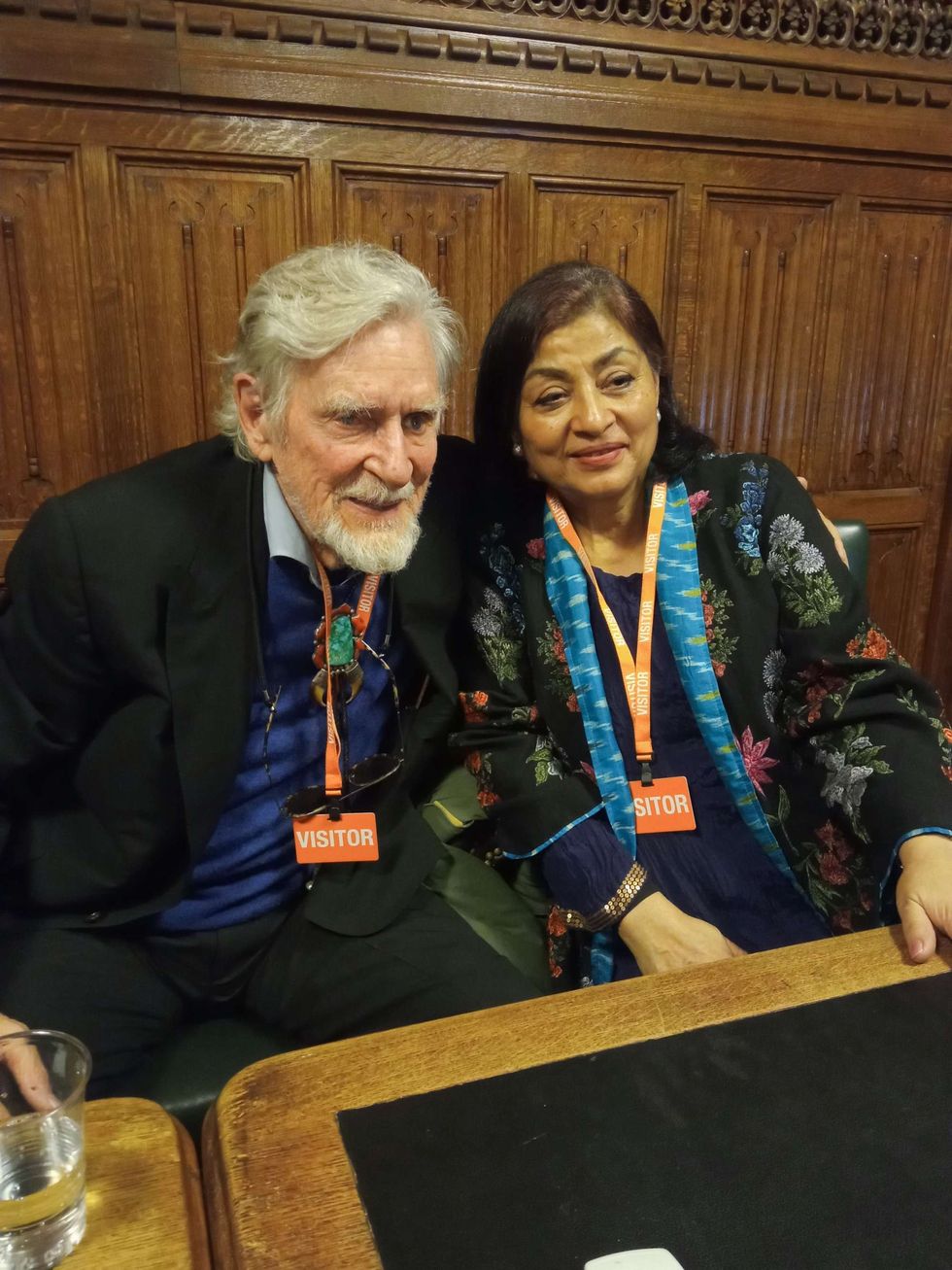
Joyfulness is the answer to all disease, the Dalai Lama said. His laughter precedes him into the room. When we hosted lunch for him in 2015 in London, he recounted how, as a boy he tried to bunk classes. His tutors were in a quandary: how to discipline the Dalai Lama, even if he was only a boy of seven? “They made a whip with yellow silk. It was a holy whip, but I felt holy pain!” His Holiness roared with laughter.
The Dalai Lama is the embodiment of Avalokitesvara the Boddhisattva of Compassion: “If you want to be happy, be compassionate. If you want to make others happy, be compassionate.” I would travel to Delhi from London every March to attend his 3-day teachings until he stopped just before the pandemic. I’ll never forget the incident he narrated at one of those teachings. One of his followers managed to reach him in Dharamsala after being incarcerated and tortured in Chinese jail for years. “Were you afraid?” His Holiness asked him. “Yes.” came the reply. “I was afraid I would hate the Chinese.” Such a level of commitment to non-violence, even in thought, is unfathomable. The Dalai Lama insists that no matter how much suffering others inflict upon us, we must not add to it by tormenting ourselves with rage and revenge that will destroy our health and well-being.
Amitabh Mathur was in-charge of Tibetan Affairs, appointed by the Indian Government. He first met the Dalai Lama in 1989 in Paris when he was on his way to receive the Nobel Peace Prize. “The Dalai Lama has worldwide moral stature cutting across national boundaries. After 60 years in exile his following has only grown, the community has not splintered. His following inside Tibet has also grown and almost 200 Tibetans have self-immolated demanding the return of the Dalai Lama. Thinking of a post-14th Dalai Lama world, while the next Dalai Lama will inherit the devotion and loyalty but it will be hard to match the stature of the Great Fourteenth.
The biggest tribute to him is the Chinese acknowledgement that it is essential to control the institution of the Dalai Lama to have peace in Tibet. Which means in the past 60 years whatever they have tried has failed. It’s an admission of failure that they have no legitimacy in Tibet unless they have their own Dalai Lama. The Chinese attempt to capture the institution of the Dalai Lama will not succeed because of the moral stature of this 14th Dalai Lama. That’s his power. This power far outstrips the power of armies.”


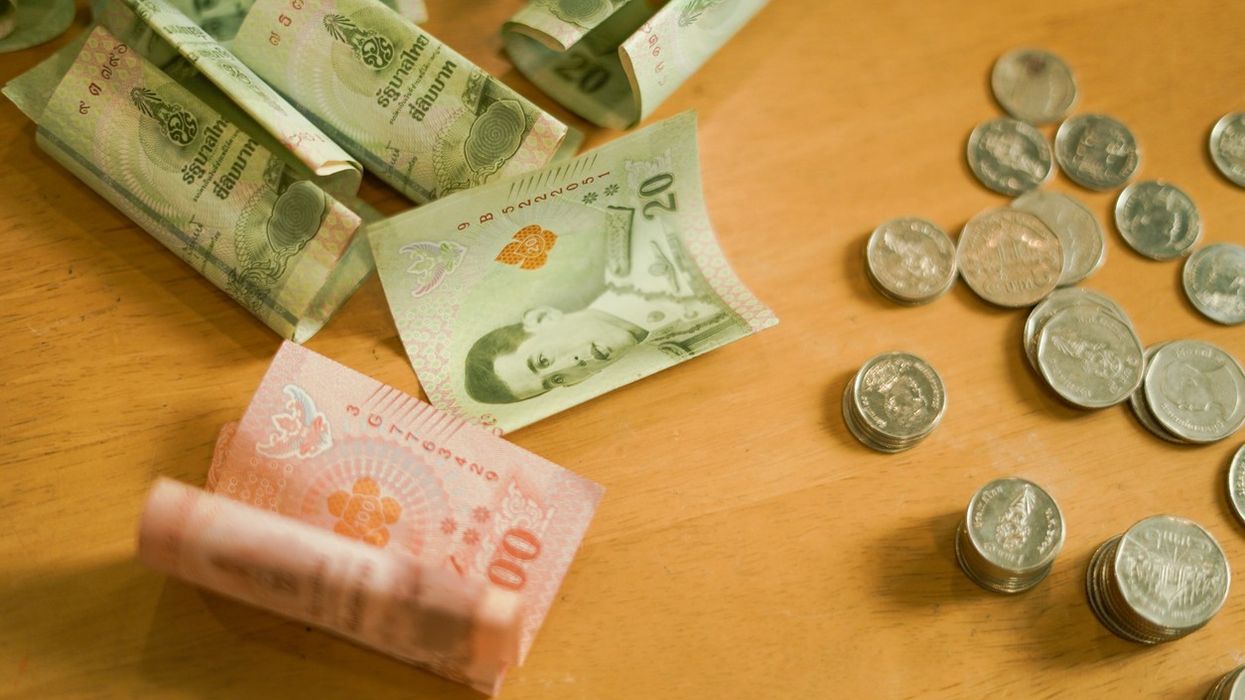
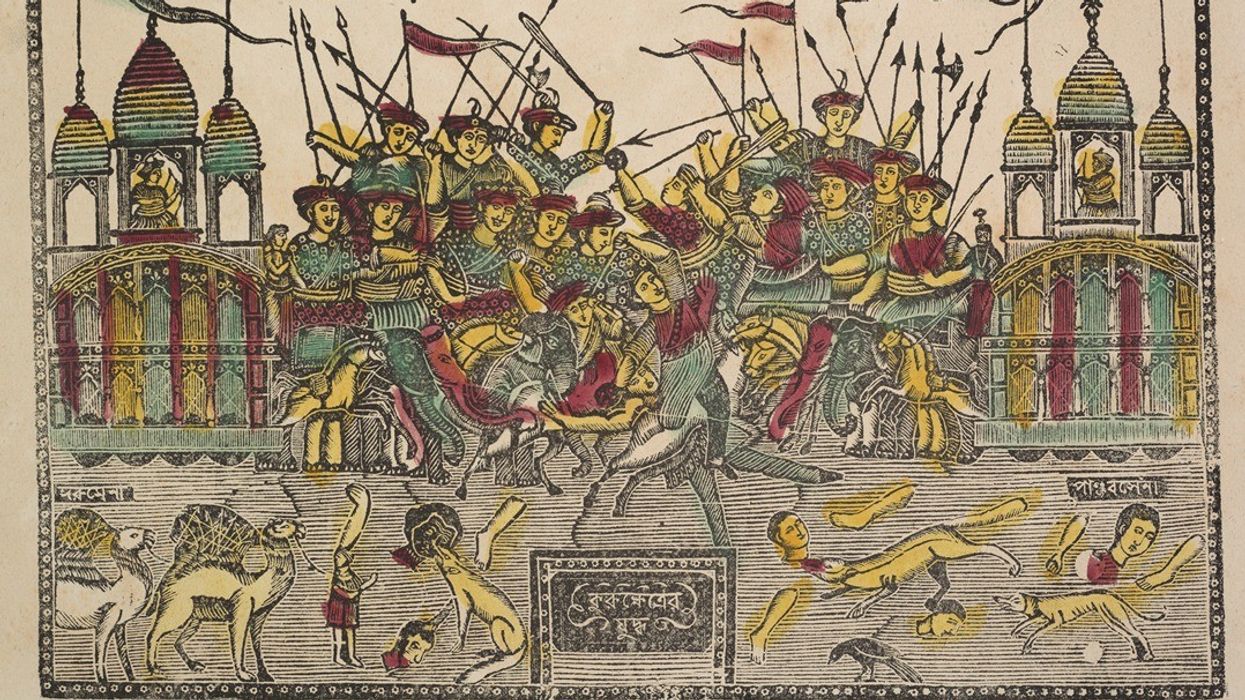
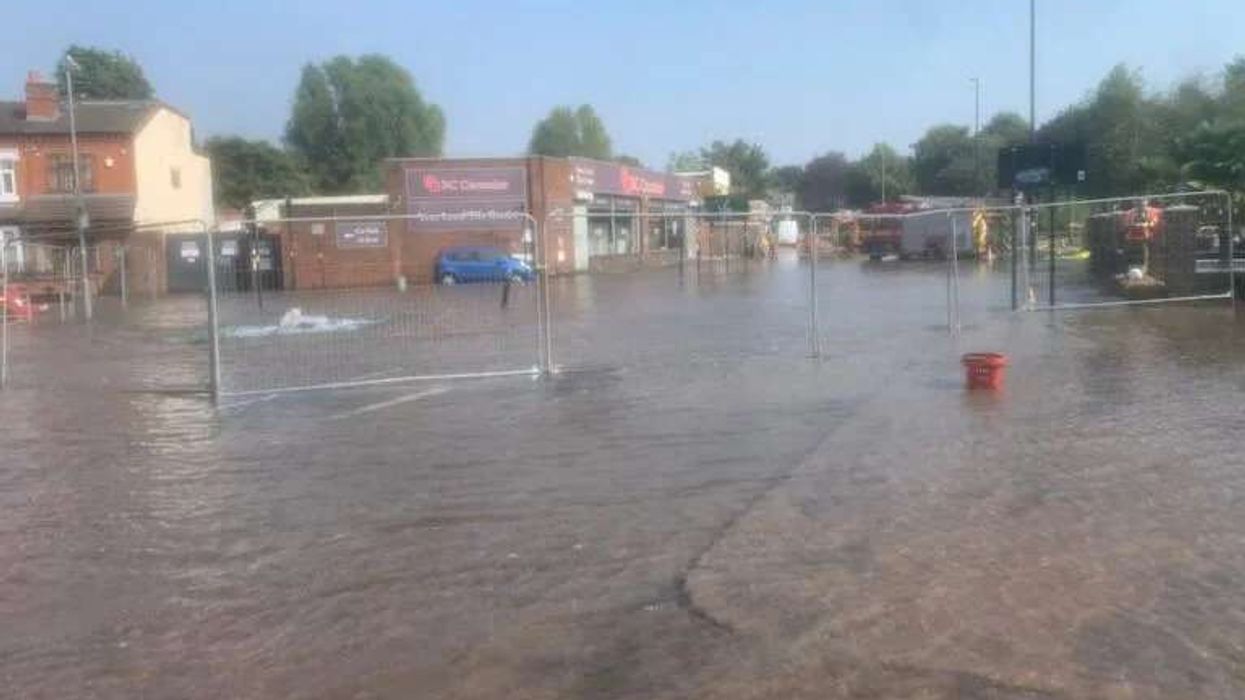
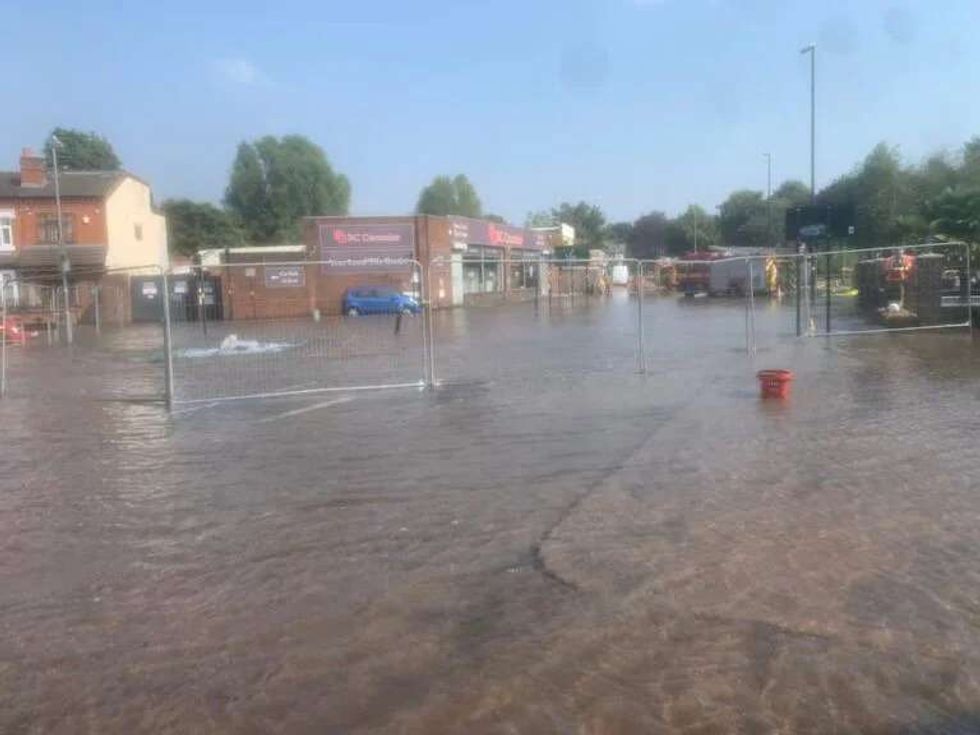 Birmingham’s basic services are collapsing as council mismanagement leaves city flooded and filthy West Midlands Fire Service
Birmingham’s basic services are collapsing as council mismanagement leaves city flooded and filthy West Midlands Fire Service 


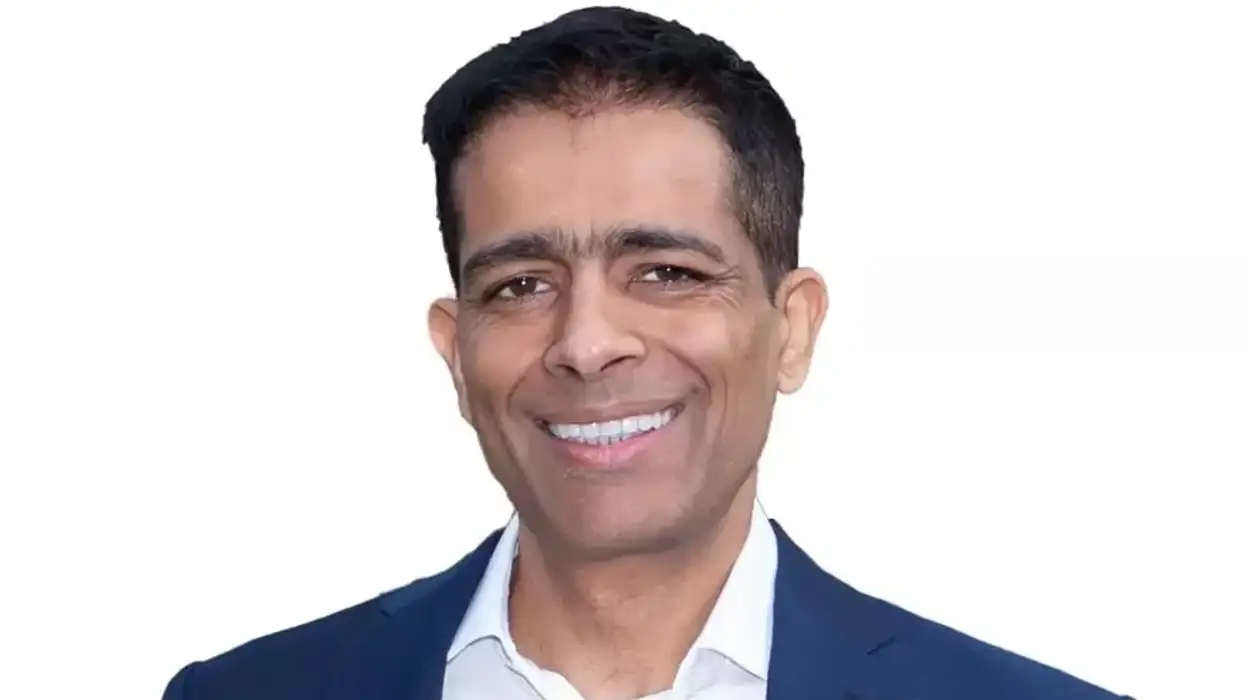




Anurag Bajpayee's Gradiant: The water company tackling a global crisis